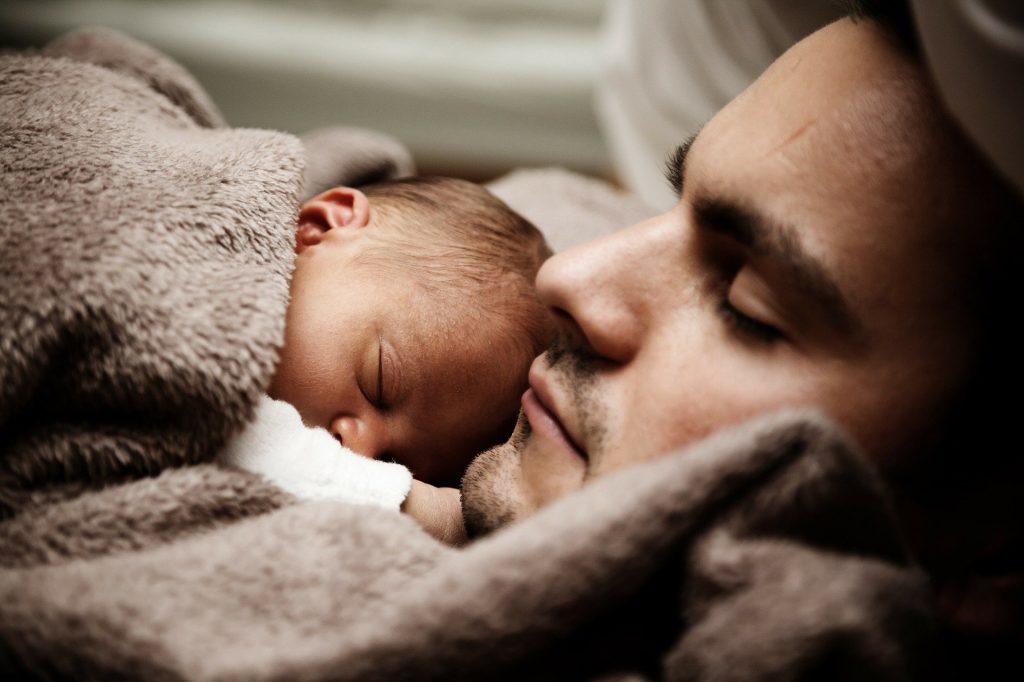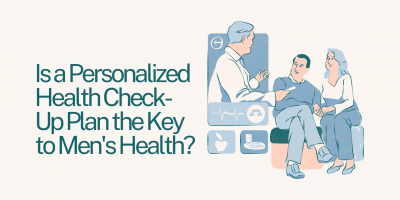
How Ozempic, Wegovy & Mounjaro are Changing the Landscape of Employee Health Insurance?
As a new generation of anti-obesity drugs like Ozempic, Wegovy, and Mounjaro can potentially improve millions of Americans’ health and lives, the question arises: what’s the hidden cost?






